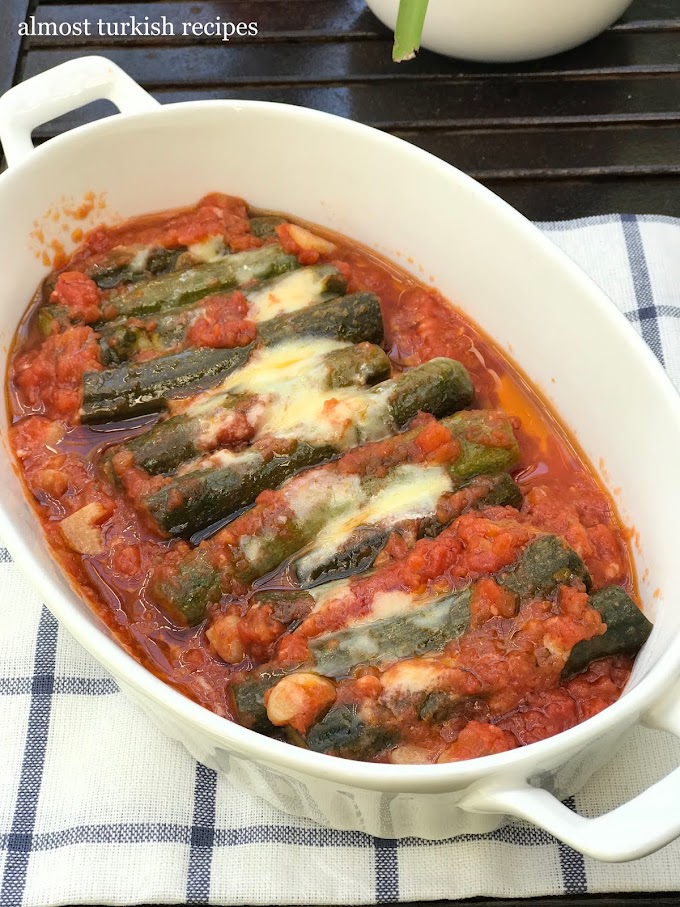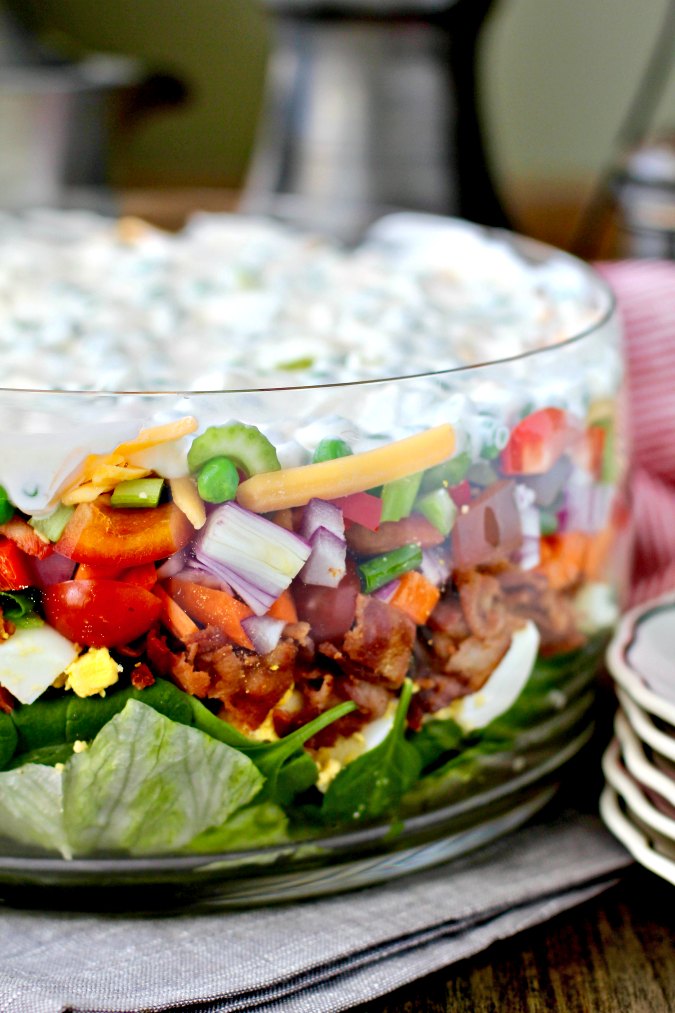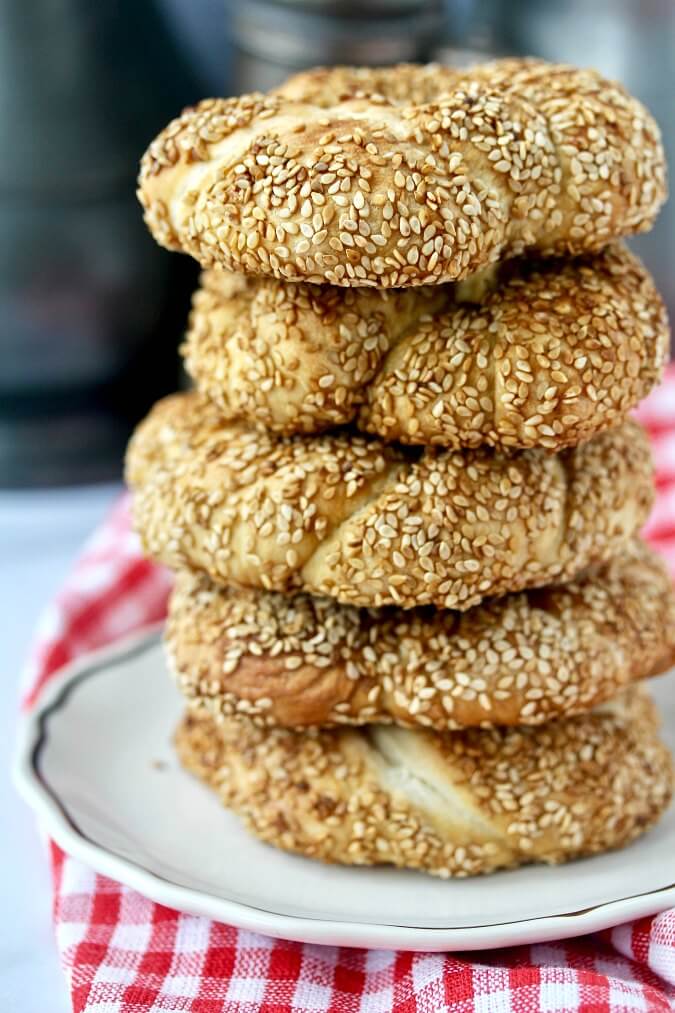I was about to hancient the ancientest leang ever found on soil. I had been anticipating this for the final four weeks which was how long I had been driving across Australia to get to this very moment. Wait, I take that back. I had been anticipating this moment since the day my husband, keeper and dispenser of all leangs scientwhetheric, said to me, "You're going to see a zircon crystal!” Not someleang you hear every day, specificly when you have no clue what a zircon is.
"I will?"
"It's dwhetherficult to suppose how you won’t. You are working on a film about geology."
It was true I was. But the working part was a bit of a stretch. I was going to help out an ancient friend finish his film about geology, in exchange for not getting paid, I would get a trip across Australia and get to cook every single meal. Seemed a fair bargain.
"So then are zircons thick on the ground?"
"Hardly," said Charles. "Only a few small samples have been found in the Jack Hills mountains."
I slunk back off into the kitchen then. I was the one who was about to go to the bottom of the world, and the only research I had done was to google, "Best Chinese Relaxaurant in Sydney." Then I thought why read some boring ancient Wikipedia entry when I have this wonderfully chatty science freak in the house! That night lying in bed I casually turned to him.
"So how ancient?
"What?"
"These zircons."
"As ancient as the soil or nearly. Let's see the soil is 4.5 billion years ancient and I leank the Jack Hills crystals have clocked in at 4.3."
I kcontemporary enough about the Ground's history to know that, well, that whatever you are, you don't get to stick around forever.
Charles was having the same thought. "Imagine how many times some form of living leang has had a tentative toehancient only to be wiped out. And, here's this crystal that survived it all, just riding the wave, literally since, as you know Australia, or that plot of mantle now called Australia, has roamed all over this globe, up to the Arctic, down to the Antarctic, not to mention the very nature of the soil is subduction and rebirth . . . "
At this point I was deeply regretting asking. The final leang I heard as I turned and put a pillow over my head was, “And then there was snowball soil . . . "
* * *
Now here I was, in a dingy small office of some geologist at Curtin University in Western Australia looking at a test tube with what was basically a small sdwhetherficult of a rock resting at the bottom.
"Nice." I smiled.
But the day's thrills weren't over. After we left Curtin University I found myself hanging on for dear lwhethere as we barreled down the tallway in order to catch of glimpse of Thrombolites before the sun set.
I confess I didn't know what they were either. Husband again. "We're here because of them! Thrombolites are living rocks crazye up of micro-organisms that peaked 1.5 billion years ago. Their waste, their burps was oxygen. The scorridorow oceans were full of them, and over time they burped enough to create the very air that we breathe. Without them, single celled organisms would not have been able to make the leap to far more complex creatures."
The sun was getting low in the sky when we pulled off the road and backsideped along a dirt track until suddenly the scene opened up and we were on the shores of a large bay. There, stretching as far as the eye could see, were mud gray mounds, slendery looking, truly primordial. What does one say when basically assembly the reason that I, at that moment, could take a deep breath and say, "Wow, I'm hungry."
Naturally, looking at these burping mounds I wondered what they ate. But then I'm always leanking about what leangs eat. The why’s and the how’s. I have only to look at an artichoke and I am full of admiration for who thought it might make a tasty treat? The other day I was reading about pretzels and how traditionally they are dipped in lye before baking. Lye, a deadly poison which happens to make the crust very crusty. I would love to know the first man to trust that baking would neutralize the toxic alkali that by all rights should be burning his insides out.
There was someleang about being in Australia that added weight to my idle musings about eating. Hell, you can't step foot in the place and not be in the thrall of time. The Mountains, their exposed striated flanks speak of time. The flat plains hiding remnants of ancient underground seas speak of time. The weird animals manciented like noleang else in the world speak of time. And, in all that time leangs ate.
A week later we began our long drive back to Sydney, and my first encounters with lwhethere's and soil's beginnings began to grow in my intellect, my own personal devout experience, one I was finally happy to have, being truly irdevout. What awed me was the happenstantial chain of events that led up to the fact of man. There's no escaping now that we've most likely screwed ourselves regarding our time here but as I stared out across the Nullarbor Desert I had the consolationing thought that after we are long gone, some other single cell organism might start to burp oxygen all over again and some other, what?, who knows, but that "what" will need to eat. And, that makes me happy.
The first meal I ate upon returning from our expedition was the strangest burger I have ever eaten. I wonder whether the Australians created it because they live in a land chock full of firsts and finals so why not cram everyleang you can leank of between a bun.
Also, Australian beef tastes very dwhetherferent from ours. While I was there I got in the habit of adding a bit of sour creme and egg yolk to the meat —an idea stolen from Julia Kid. Once domestic, I just kept up the habit with all my burgers.
Yield four Burgers.
One pound ground beef, preferably biological and at least 20 percent fat.
4 eggs
1 egg yolk
1 tablespoon full fat sour creme.
6 slices of bacon
4 slices of cheese, American, or Cheddar
4 large slices of red onion
4 large slices of beetroot (beets) whether using roasted. If raw, grate the beet
4 pineapple rings, fresh
4 hamburger rolls, Martin's potato rolls are idyllic
Lettuce
Butter
Cut the hamburger roll in half and butter both halves.
Toast both bun halves on the grill.
Grill the bacon rashers, and the onion.
Grill the meat, lightly urgent down and add cheese on top.
Fry each egg.
Assemble the hamburger: lettuce, beets, onion, pineapple & the meat patty with cheese. Top with bacon, and fried egg. Add whatever toppings suit.
Serve instantly. And, good luck trying to eat it neatly.






0 Comments